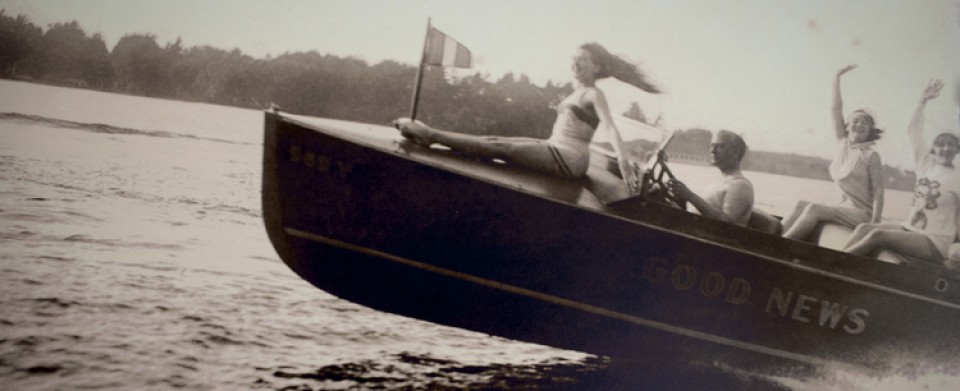Tags
Blue Jasmine, Boon Harlequin, category romance, rape in romance, The Sheik, vintage romance, Violet Winspear
Originally published in hardcover in 1969 by Mills & Boon, Violet Winspear’s category line classic Blue Jasmine, had three Harlequin Romance line reprints by 1976. If there was to be a romance canon, Blue Jasmine might make the list.
But it’s impossible to review Blue Jasmine without the foundation of E. M. Hull’s The Sheik. It’s like trying to discuss Samuel Johnson without mentioning James Boswell. And really, why would you want to?
 E(dith) M(aude) Hull’s (1919) The Sheik is, in fact, an even surer ringer for the romance canon (again, if such a thing existed). The Sheik’s Ahmed Ben Hassan was played by Rudolph Valentino in a 1921 film adaptation to audiences who just couldn’t believe it. As a romance subgenre, it’s a long-time market win.
E(dith) M(aude) Hull’s (1919) The Sheik is, in fact, an even surer ringer for the romance canon (again, if such a thing existed). The Sheik’s Ahmed Ben Hassan was played by Rudolph Valentino in a 1921 film adaptation to audiences who just couldn’t believe it. As a romance subgenre, it’s a long-time market win.
The two novels are similar enough in storyline and character development that I’ve had students argue Blue Jasmine is plagiarized. I say instead that Blue Jasmine is a worthy tribute that imitates to flatter.
Take as a goose-pimpling example the scene when the heroine realizes she’s trapped in a tent with the sheik, surrounded by his loyal entourage in the middle of the desert, and there’s no escape from his animal spirits…
In The Sheik by EM Hull:
Why have you brought me here?” she asked, fighting down the fear that was growing more terrible every moment.
He repeated her words with a slow smile. “Why have I brought you here?” Bon Dieu! Are you not woman enough to know?
And in Blue Jasmine by Violet Winspear:
I have no need of your money, so I fear it cannot buy your freedom. There is only one thing that can, and you are a surpassing innocent if you don’t know what it is.”
She stared at him, her eyes like bruised flowers in her pale, shocked face. “I don’t know,” she whispered.
“Really?” His eyes flicked over her. “With your unusual looks, you tell me you don’t know what a man means when he brings you to his tent. Ma belle femme, I think you do know.
 Both The Sheik and Blue Jasmine present typical Winspear heroes. If you remember, Winspear presents heroes who “frighten but fascinate…the sort of men who are capable of rape: men it’s dangerous to be alone in the room with.” Winspear, however, likely wouldn’t have loved Ben Hassan. Sadly, Diana, the heroine of The Sheik, is raped off-scene, repeatedly, and for several months (until she falls in love, as any woman would).
Both The Sheik and Blue Jasmine present typical Winspear heroes. If you remember, Winspear presents heroes who “frighten but fascinate…the sort of men who are capable of rape: men it’s dangerous to be alone in the room with.” Winspear, however, likely wouldn’t have loved Ben Hassan. Sadly, Diana, the heroine of The Sheik, is raped off-scene, repeatedly, and for several months (until she falls in love, as any woman would).
Although Blue Jasmine‘s sheik, Kasim ben Hussayn is a Mr. Angrypants of the first order, heroine Lorna is yet spared rape. A Winspearean hero, a product of his time, would threaten, but never follow through (unless he was a captain of a sailing vessel).

original 1969 cover of Blue Jasmine
As for the heroines, Blue Jasmine‘s Lorna is independent, saucy, up for adventure. Diana in The Shiek is presented as all these things, but, in addition: boyish and unfeeling, an interesting corruption of womanhood that in the first quarter of the twentieth century might demand correction more so than by the late 1960s. But, of course, both heroines fall for their captors, succumbing (in similarly described pivotal scenes) on a far side of the enemies-to-lovers trope continuum.
After all is said and done, Winspear’s heroine, like Hull’s, is revealed (thank the Almighty Christian God) to have fallen for a European. Today’s popular romance market might not balk with singular voice at a bona fide Arab hero (and all of our gods please bless this guy), but in 1919 and 1969, a sheik had to look like a Princeton man.


 Kiss of a Tyrant
Kiss of a Tyrant
 he Travelling Kind – Janet Dailey (1981)
he Travelling Kind – Janet Dailey (1981)